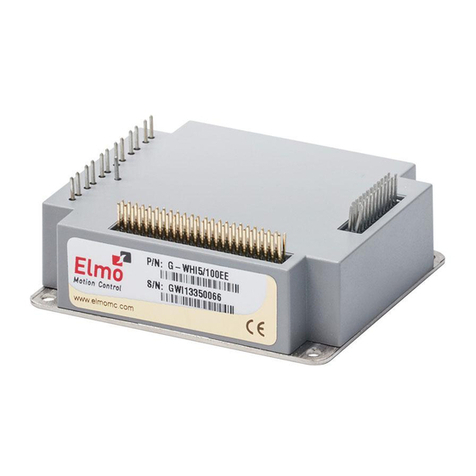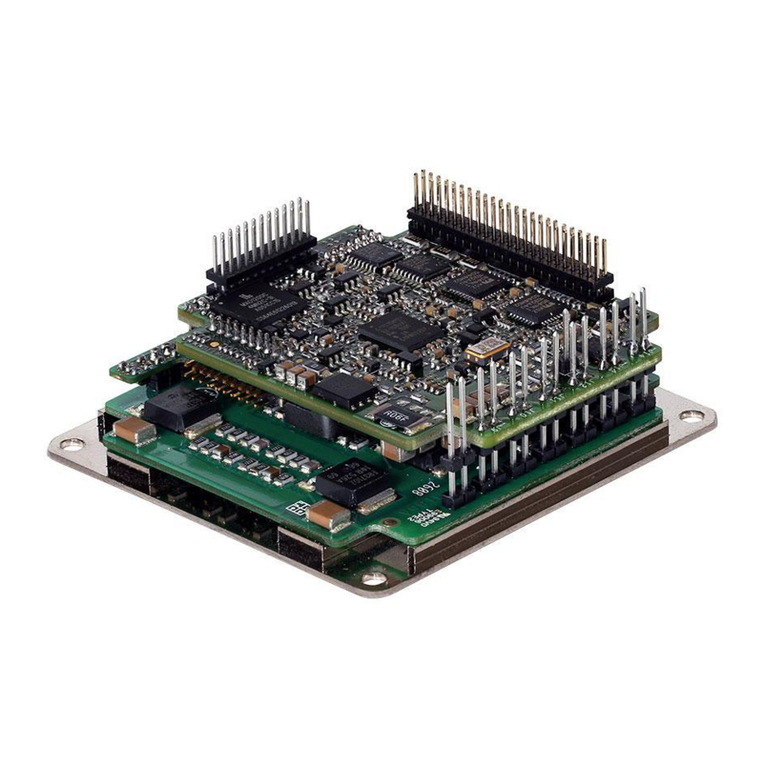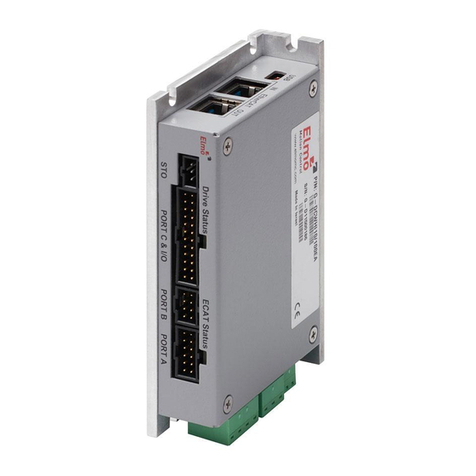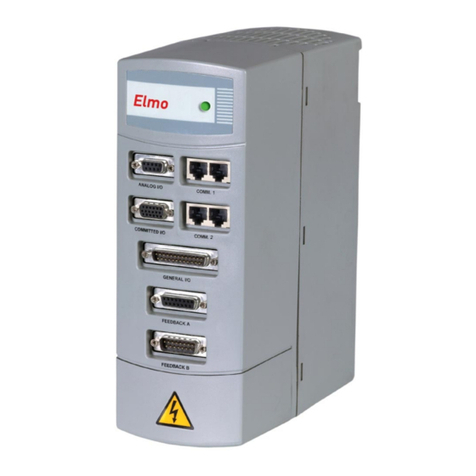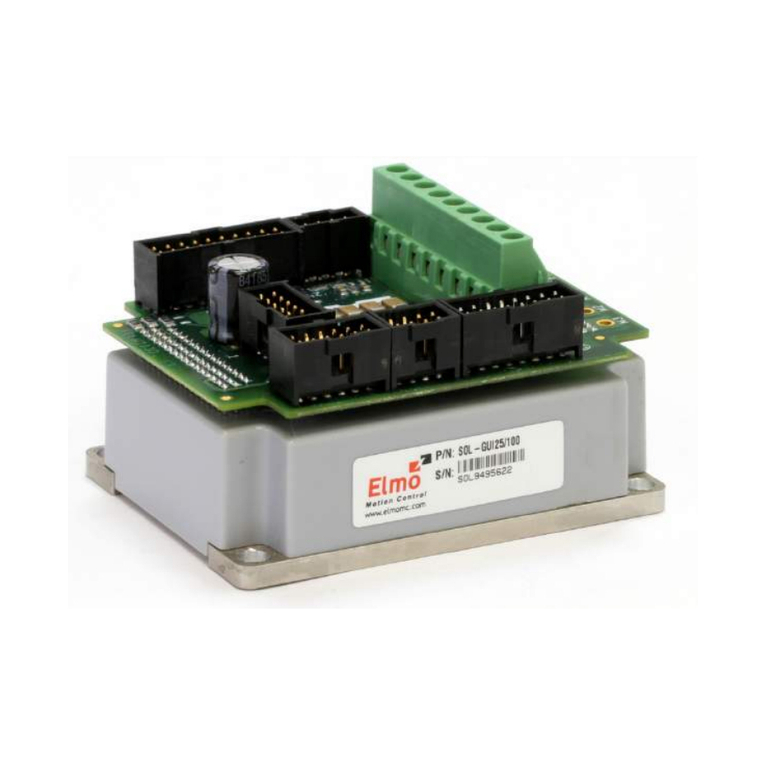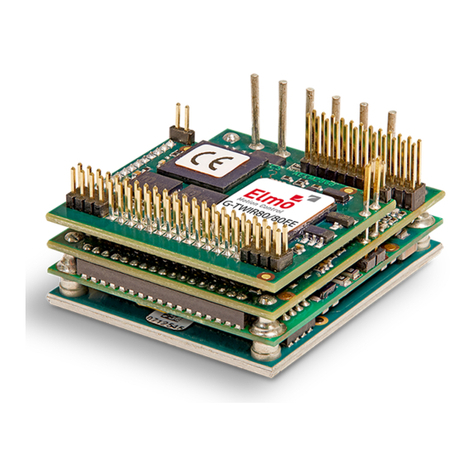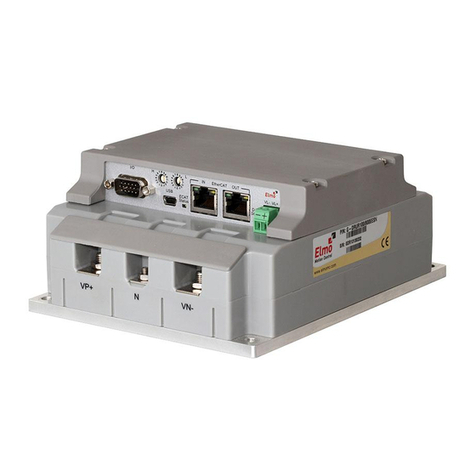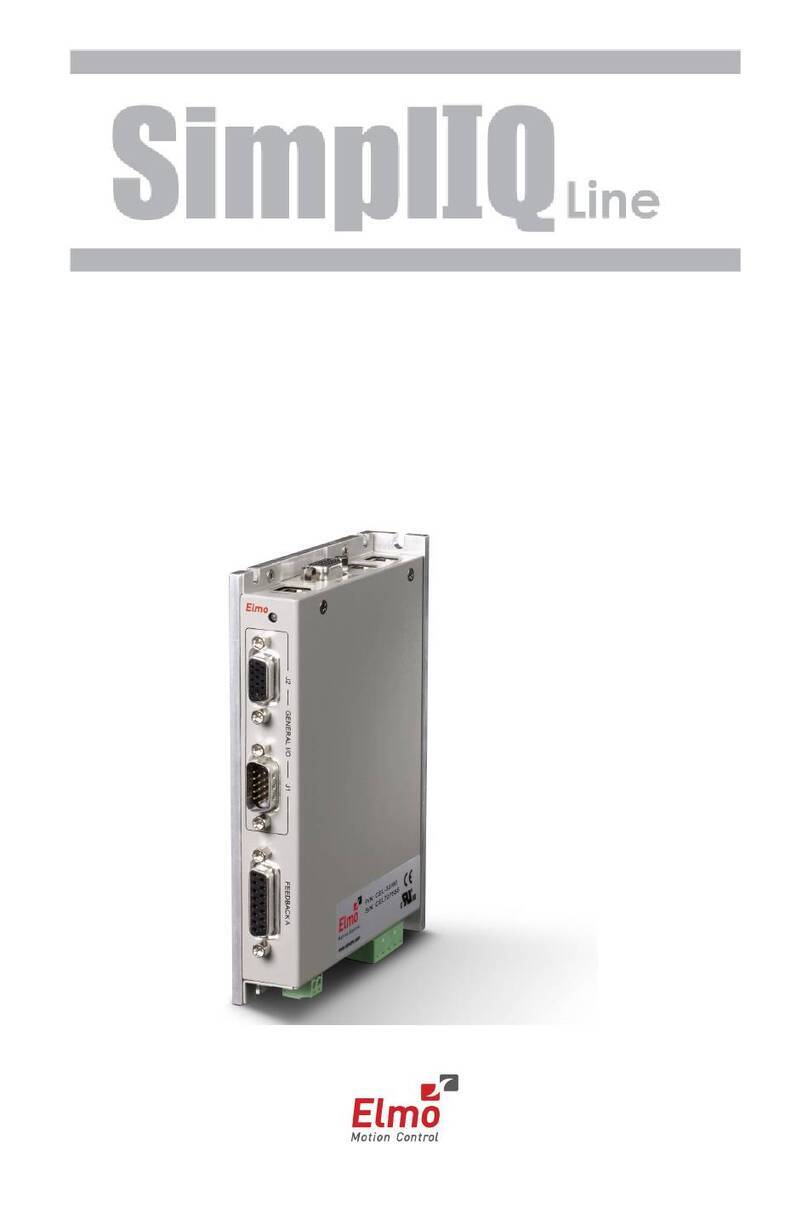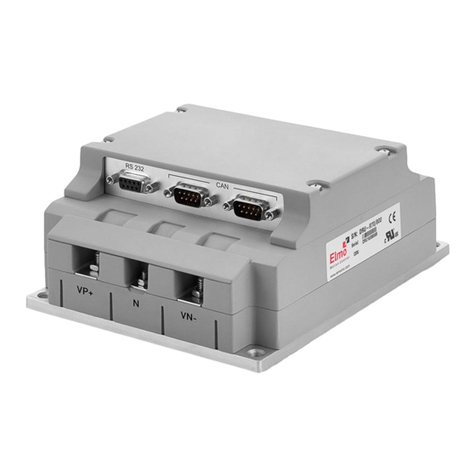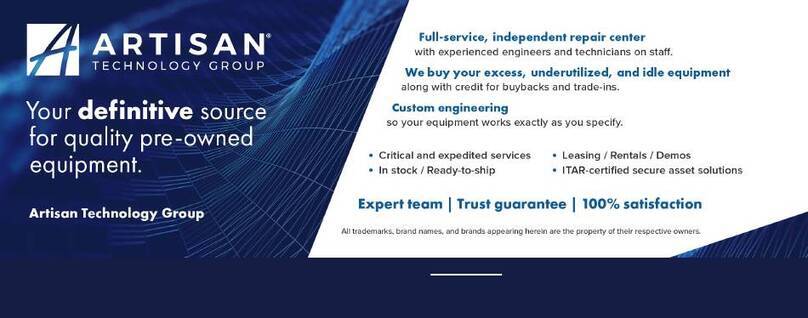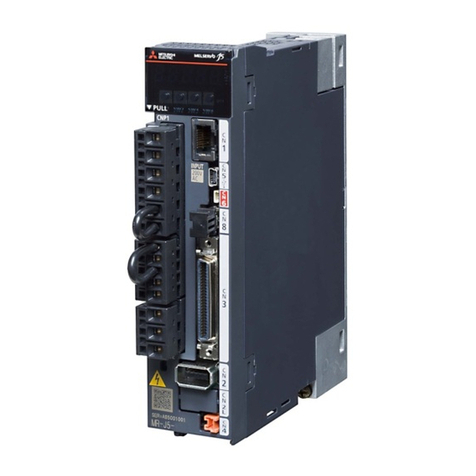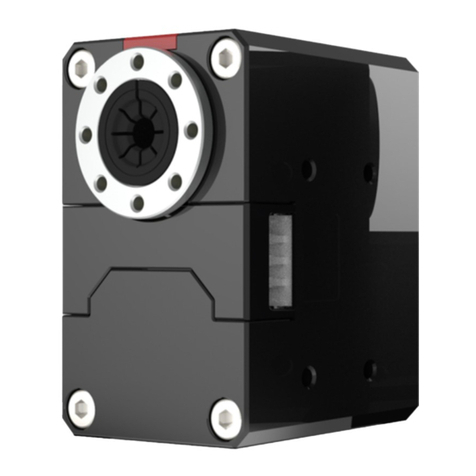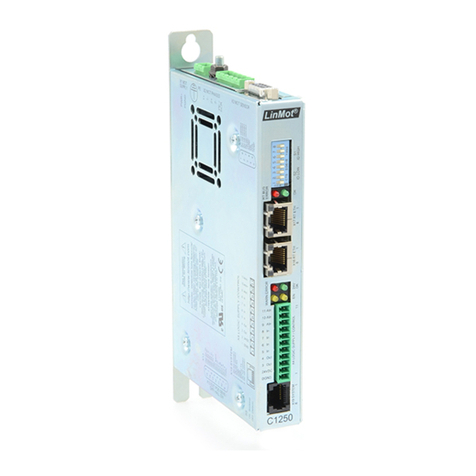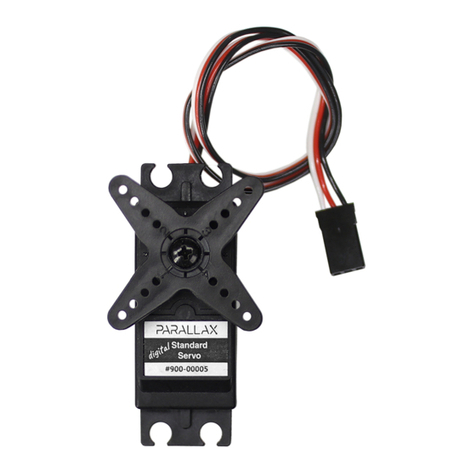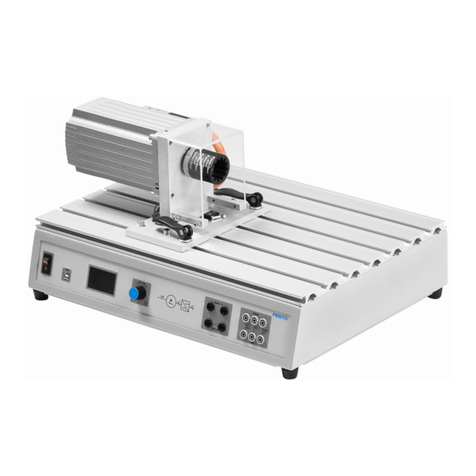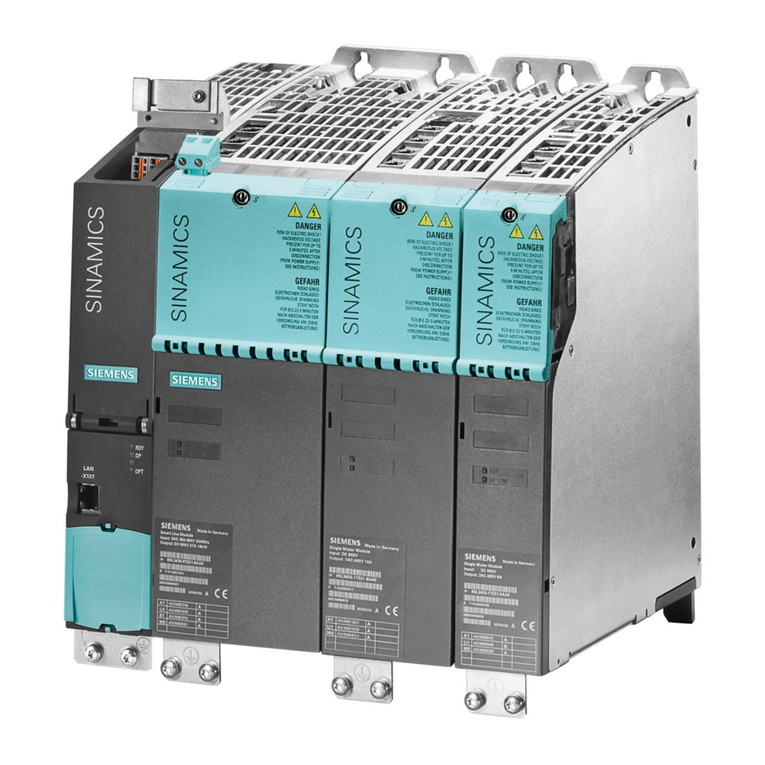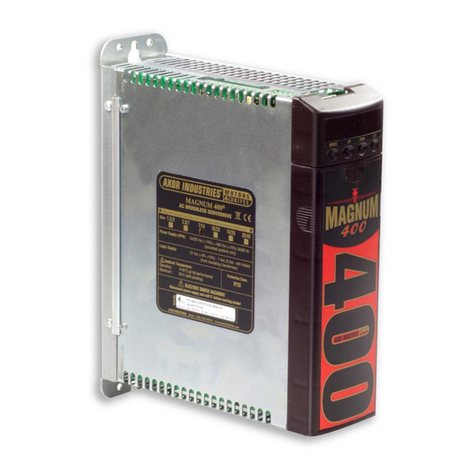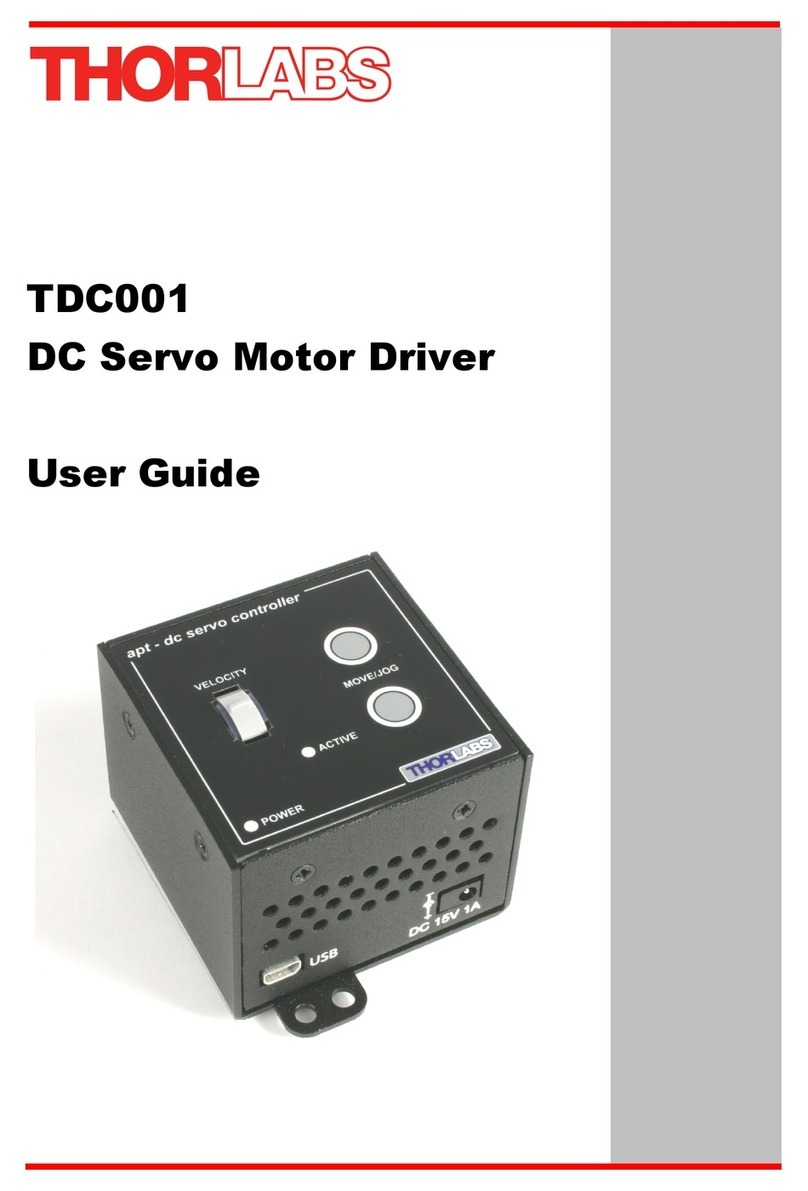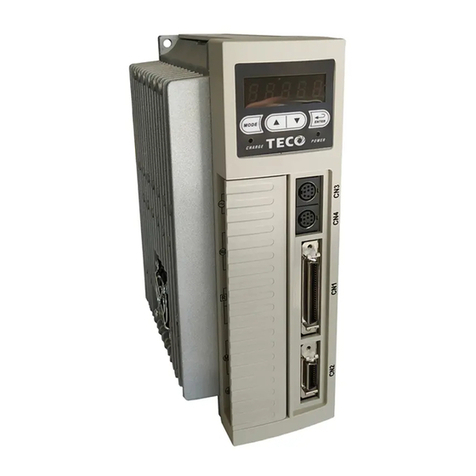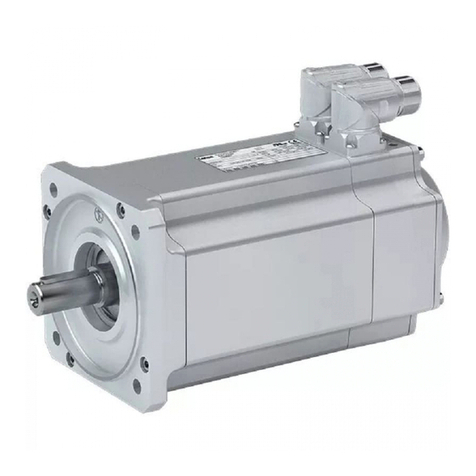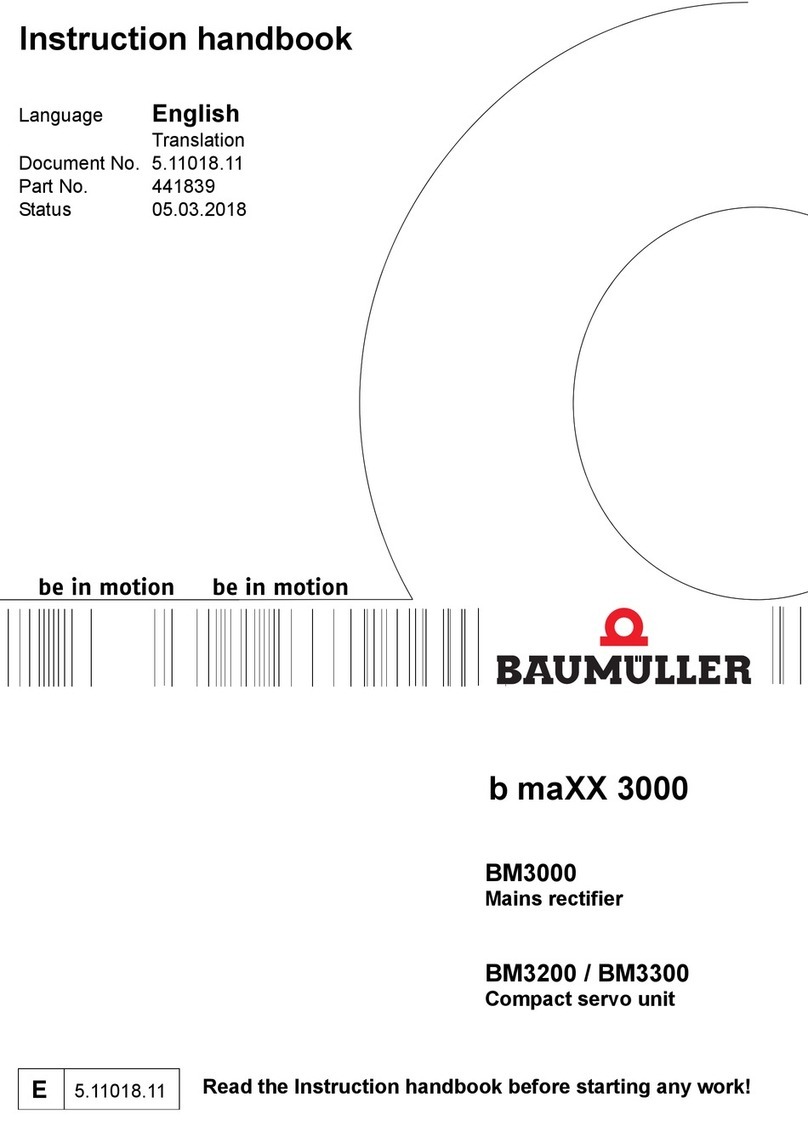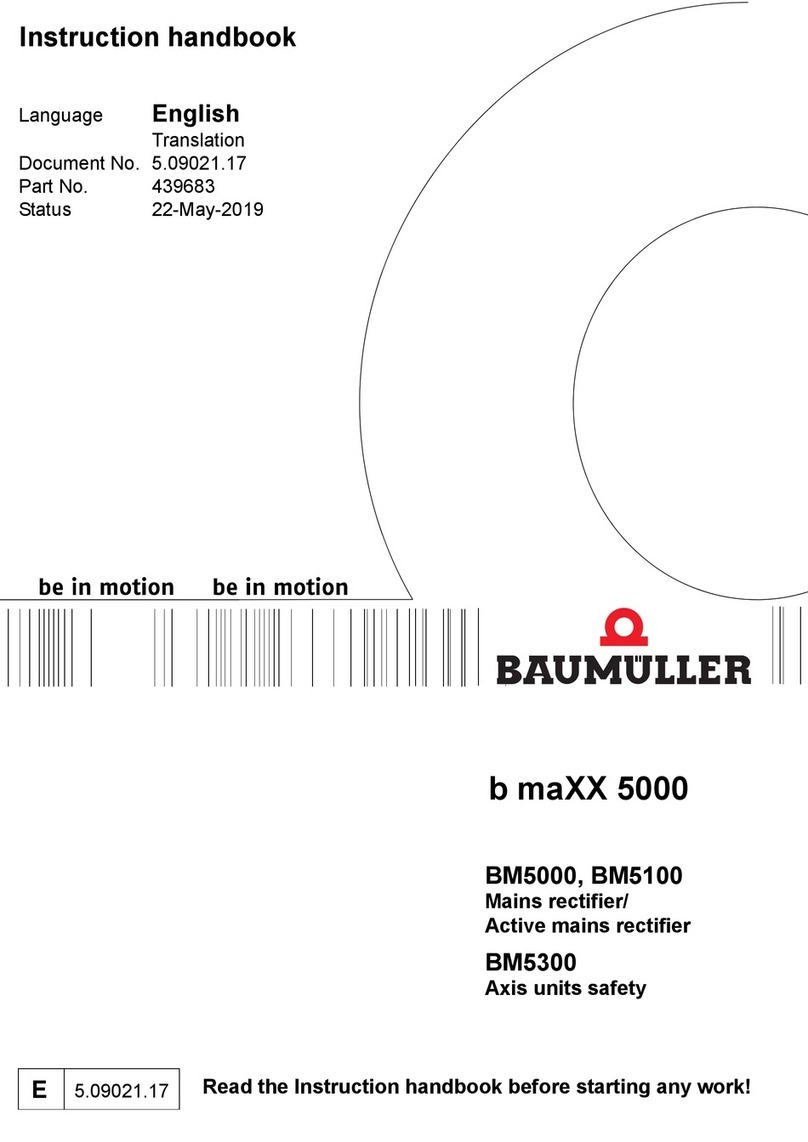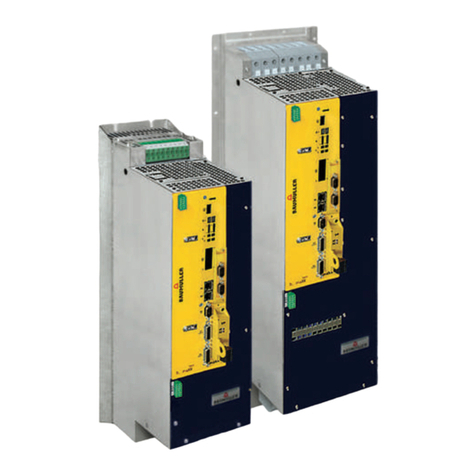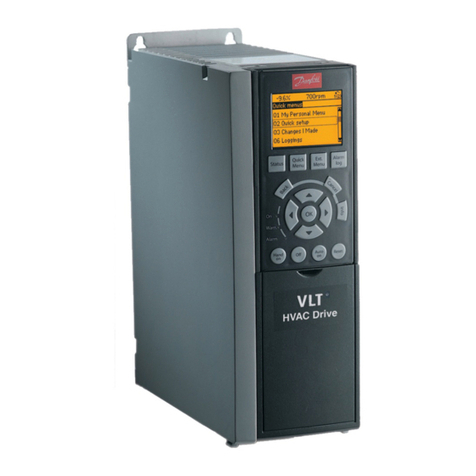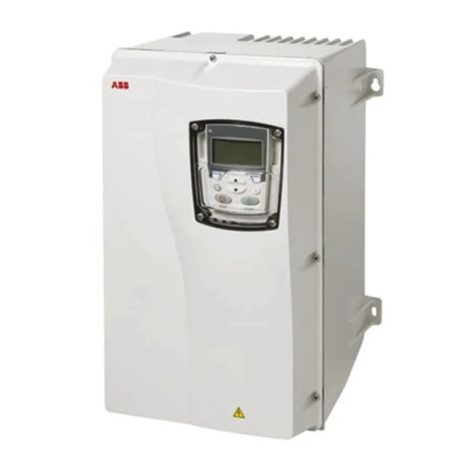
HL[N] - Over-speed Limit and Position Range Limit ........................................................ 3-56
HM[N] - Homing, Capture and Flag.................................................................................... 3-57
HP - Halt Program Execution ............................................................................................... 3-60
HX - Hexadecimal Mode ....................................................................................................... 3-61
HY[N] - Auxiliary Homing, Capture and Flag ................................................................... 3-62
IB[N] - Input Bits Array......................................................................................................... 3-65
ID, IQ - Read Active Current and Reactive Current........................................................... 3-66
IF[N] - Digital Input Filter..................................................................................................... 3-67
IL[N] - Input Logic................................................................................................................. 3-68
IP - Input Port......................................................................................................................... 3-75
JV- Jogging Velocity............................................................................................................... 3-77
KG[N] - Gain Scheduled Controller Parameters................................................................. 3-78
KI[N], KP[N] - PI Parameters................................................................................................ 3-79
KL - Kill Motion and Program.............................................................................................. 3-80
KV[N] - High-order Controller Filter Parameters .............................................................. 3-81
LC - Current Limit Flag .........................................................................................................3-82
LD - Load Parameters from Flash ........................................................................................ 3-83
LL[N] - Low Feedback Limit................................................................................................. 3-84
LP[N] - List Properties........................................................................................................... 3-85
LS - List User Program........................................................................................................... 3-86
MC - Maximum Peak Driver Current .................................................................................. 3-87
MF - Motor Failure................................................................................................................. 3-88
MI - Mask Interrupt ............................................................................................................... 3-91
MO - Motor Enable/Disable ................................................................................................. 3-93
MP[N] - Motion (PT/PVT) Parameters................................................................................ 3-95
MS - Motion Status................................................................................................................. 3-97
OB[N] - Output Bits Array .................................................................................................... 3-98
OC[N] – Output Compare................................................................................................... 3-100
OL[N] - Output Logic .......................................................................................................... 3-103
OP - Output Port .................................................................................................................. 3-105
PA - Absolute Position......................................................................................................... 3-106
PE - Position Error................................................................................................................ 3-107
PK - Peak Memory ............................................................................................................... 3-108
PL[N] - Peak Duration and Limit ....................................................................................... 3-109
PM - Profiler Mode ..............................................................................................................3-111
PP[N] - Protocol Parameters ............................................................................................... 3-112
PR - Relative Position ..........................................................................................................3-114
PS - Program Status.............................................................................................................. 3-115
PT - Position Time Command............................................................................................. 3-116
PV - Position Velocity Time Command ............................................................................. 3-117
PW[N] - PWM Signal Parameters....................................................................................... 3-118
PX - Main Position ............................................................................................................... 3-119
PY - Auxiliary Position ........................................................................................................ 3-120
QP[N], QT[N], QV[N] - Position, Time, Velocity.............................................................. 3-121
RC - Define Recorded Variables ......................................................................................... 3-122
RG - Recorder Gap ...............................................................................................................3-123
RL - Record Length ..............................................................................................................3-124
RM - Reference Mode .......................................................................................................... 3-125
RP[N] - Recorder Parameters.............................................................................................. 3-126
RR - Activate Recorder / Get Recorder Status.................................................................. 3-128
RS - Soft Reset....................................................................................................................... 3-129
RV[N] - Recorded Variables................................................................................................ 3-130
SimplIQ Command Reference Manual Contents
MAN-SIMCR (Ver. 4.5)
ii
